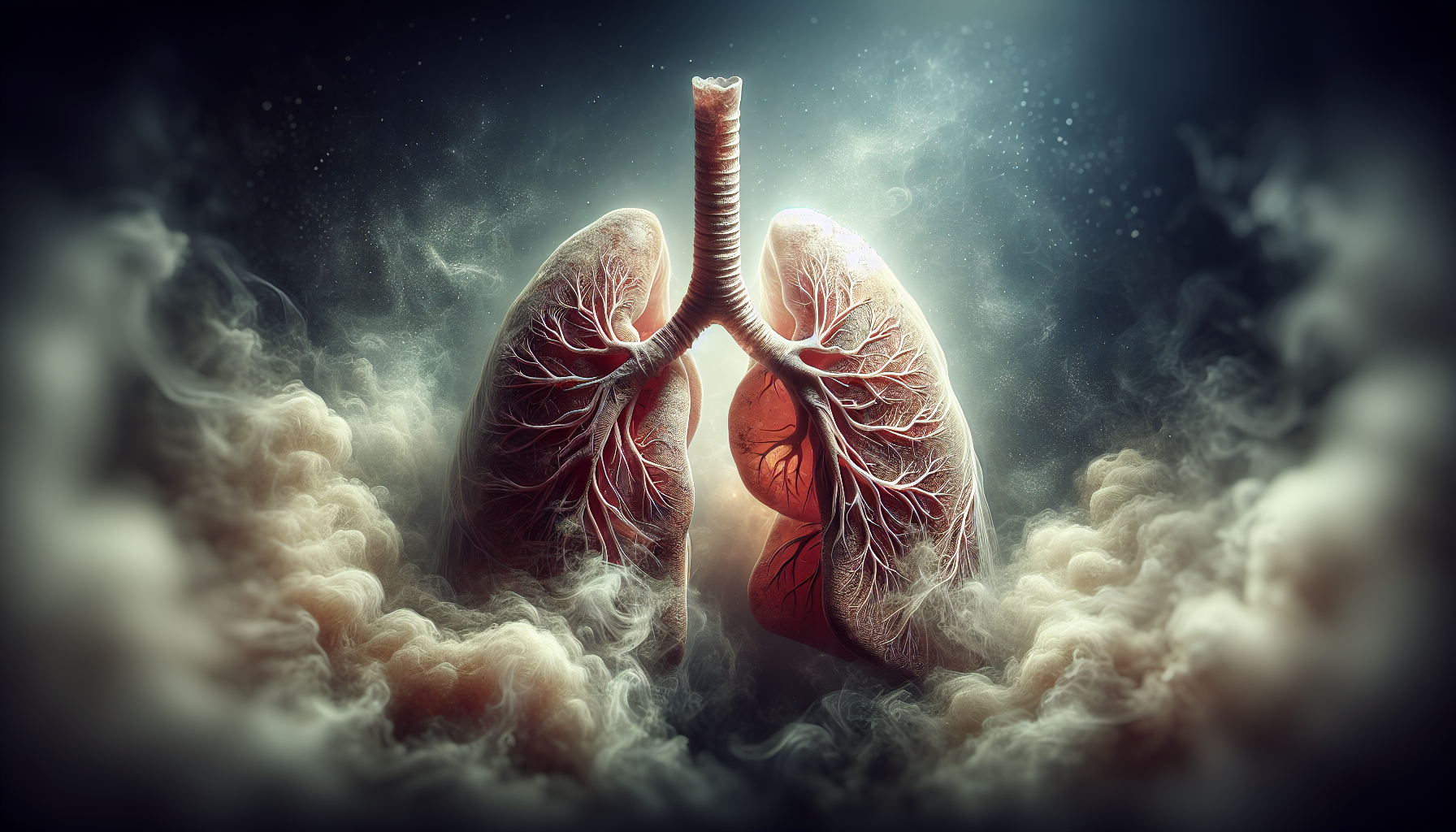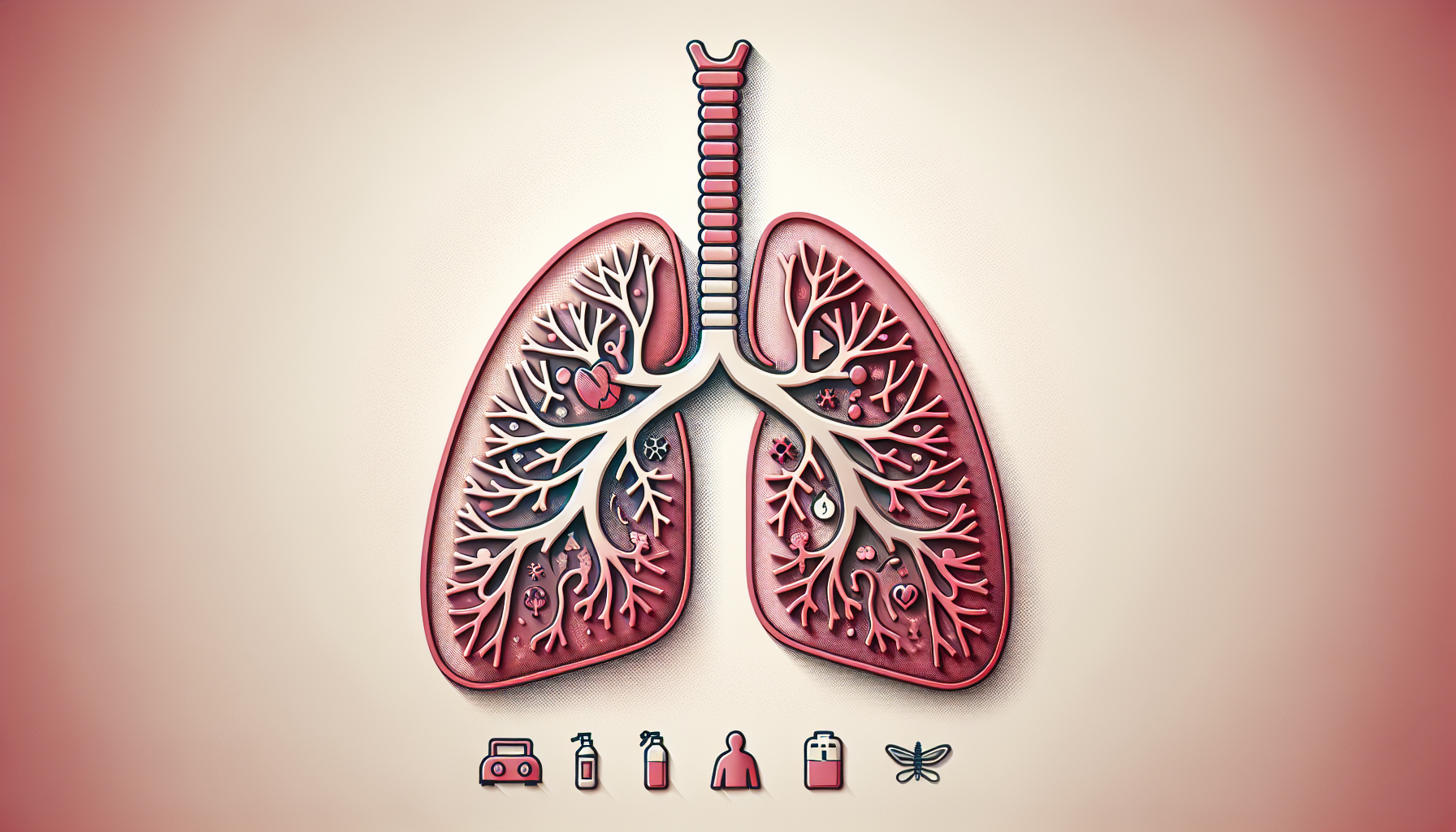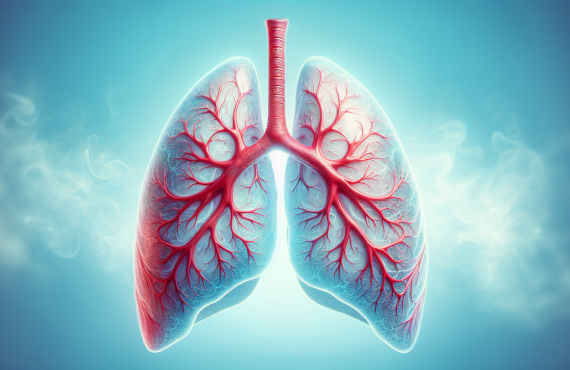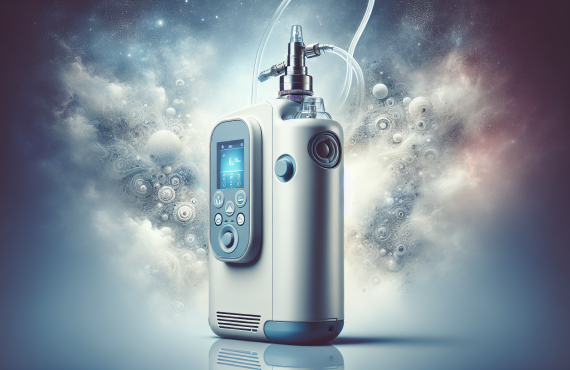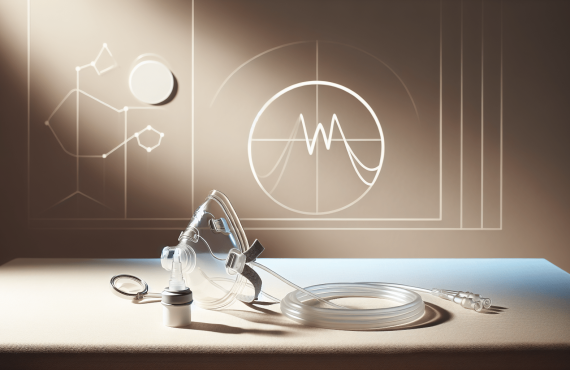Do you know when chronic obstructive pulmonary disease (COPD) reaches its terminal stage? This question often lingers in the minds of those affected by COPD and their loved ones. Understanding the progression of this disease can help in making informed decisions and planning for the future. In this discussion, we’ll explore COPD, its stages, symptoms, and what qualifies as the terminal stage.
COPD is a progressive lung condition that affects the breathing passages and airflow, making it difficult for patients to breathe freely. This common respiratory disease can significantly impact daily life, and knowing when it becomes terminal is crucial for appropriate care and management. Let’s clarify this complex issue together by examining the various aspects of COPD and identifying the signs indicating its terminal phase.
Table of Contents
Understanding COPD: The Basics
Chronic obstructive pulmonary disease, commonly known as COPD, is a group of lung conditions that block airflow and cause breathing difficulties. It primarily includes two major conditions: emphysema and chronic bronchitis. These conditions tend to develop slowly over time and are mostly caused by long-term exposure to lung irritants, with smoking being the most common cause.
Causes of COPD
COPD is primarily caused by prolonged exposure to harmful irritants that damage the lungs and airways. Smoking cigarettes is the leading cause, but other factors include exposure to air pollution, chemical fumes, and dust. Genetic factors can also play a role, with some people inheriting a form of COPD even without exposure to harmful substances.
Symptoms of COPD
Symptoms of COPD can vary but generally include persistent cough, mucus production, shortness of breath, and wheezing. These symptoms tend to get worse over time. In the early stages, people might not notice these symptoms, or they might blame them on other factors like a common cold or aging. As the disease advances, however, the symptoms become more noticeable and more limiting.
Stages of COPD
COPD progresses through different stages. Understanding these stages helps in gauging the severity of the disease and planning treatment. The Global Initiative for Chronic Obstructive Lung Disease (GOLD) divides COPD into four stages based on the severity of airflow obstruction.
Stage 1: Mild COPD
In the first stage, symptoms might be mild enough to go unnoticed. There can be a slight cough and increased mucus production. Many people at this stage may not even realize they have the disease.
Stage 2: Moderate COPD
With moderate COPD, symptoms become more noticeable. People may experience more frequent coughing, mucus production, and shortness of breath, especially following physical activity. This is often when people first seek medical advice for their breathing problems.
Stage 3: Severe COPD
In the severe stage, symptoms become more pronounced and significantly impact daily activities. Breathing becomes more challenging, and patients may experience increased fatigue and reduced tolerance for physical activity.
Stage 4: Very Severe (Terminal) COPD
The final stage of COPD, often referred to as the terminal stage, is marked by severely impaired lung function. At this point, patients experience frequent flare-ups, noticeable weight loss, and heightened fatigue. Even basic activities may become challenging, and quality of life is severely compromised.

Determining When COPD Is Terminal
Recognizing when COPD reaches its terminal stage involves observing specific signs and symptoms. It is crucial to consult healthcare professionals who can assess the disease’s progression and provide guidance for managing end-of-life care effectively.
Recognizing Terminal COPD Symptoms
In the terminal phase of COPD, patients experience severe shortness of breath, even when resting. Cough becomes uncontrollable, and patients might begin to lose weight inexplicably. Frequent respiratory infections and hospitalizations are common. Additionally, oxygen levels in the blood drop significantly, leading to fatigue, confusion, and irritability.
Medical Evaluation
Doctors use various tests to determine the severity of COPD and its progression. Pulmonary function tests (PFTs) measure how well the lungs work. Blood tests can check oxygen and carbon dioxide levels. Imaging tests, like chest X-rays or CT scans, show lung damage.
Palliative Care Considerations
When COPD becomes terminal, palliative care options are vital. Palliative care focuses on providing relief from symptoms and improving quality of life. It addresses physical symptoms such as pain and difficulty breathing while also offering emotional and psychological support.
Treatment Options Throughout COPD Stages
Throughout its stages, COPD treatment aims to manage symptoms, slow progression, and improve quality of life. Even when COPD becomes terminal, there are still treatment options that can help ease symptoms and provide comfort.
Medications
Medications play a crucial role in managing COPD. Bronchodilators relax muscles around the airways, making breathing easier. Inhaled steroids reduce inflammation and prevent flare-ups. In severe cases, patients may require antibiotics to treat respiratory infections.
Oxygen Therapy
Oxygen therapy becomes essential in the later stages of COPD. It helps maintain adequate blood oxygen levels and alleviates the symptoms of breathlessness. Patients often use portable oxygen tanks to carry on with daily activities.
Lifestyle Adjustments
Lifestyle changes can significantly impact COPD management. Quitting smoking is the most critical step. Patients should also avoid lung irritants, maintain a healthy diet, and stay active within their capacity. Pulmonary rehabilitation programs provide education, exercise training, and counseling to help patients manage COPD effectively.

Planning for End-of-Life Care
End-of-life care focuses on maintaining comfort and dignity. This can be a difficult topic to discuss, but it’s an important part of managing terminal COPD. Patients should engage in open conversations with their healthcare providers and loved ones about their preferences and wishes.
Advanced Care Planning
Advanced care planning involves making decisions about the type and extent of care patients wish to receive as their disease progresses. This might include whether to use mechanical ventilation or other life-support measures.
Hospice Care
Hospice care is a specialized care model for patients in the final stages of a terminal illness like COPD. Hospice provides medical, emotional, and spiritual support to patients and their families, focusing on comfort rather than curing the disease.
FAQs About COPD and Its Terminal Stage
Here are some commonly asked questions about COPD and its terminal stage to help clarify any remaining uncertainties.
1. Can COPD be cured?
No, there is currently no cure for COPD. However, treatments and lifestyle changes can help manage symptoms and improve quality of life.
2. How long can someone live with terminal COPD?
Life expectancy varies depending on various factors, including the patient’s overall health. While it can be difficult to determine exact timelines, palliative care aims to maintain quality of life and provide comfort.
3. How can I help someone with terminal COPD?
Providing physical assistance, emotional support, and helping them follow their care plan can be valuable. Encourage open and honest communication with their healthcare team.
4. Is oxygen therapy necessary in terminal COPD?
Most patients in the terminal stage of COPD will require some form of oxygen therapy to maintain adequate blood oxygen levels and ease the strain on their respiratory system.
5. What role does nutrition play in managing COPD?
Maintaining a balanced diet is important to support overall health. Proper nutrition can help manage weight, which is a crucial factor in controlling symptoms and maintaining energy levels.
For those in Pensacola, FL, or surrounding areas, Henry Chiropractic offers services that could complement traditional COPD treatments. Dr. Craig Henry and Dr. Aaron Hixon are dedicated to supporting patient wellness. You can visit them at:
Henry Chiropractic
1823 N 9th Ave
Pensacola, FL 32503
(850) 435-7777
https://drcraighenry.com/
By understanding COPD and recognizing when it becomes terminal, you can make informed decisions to manage the disease effectively. With the right support and care, patients can navigate the complexities of COPD with dignity and comfort.






